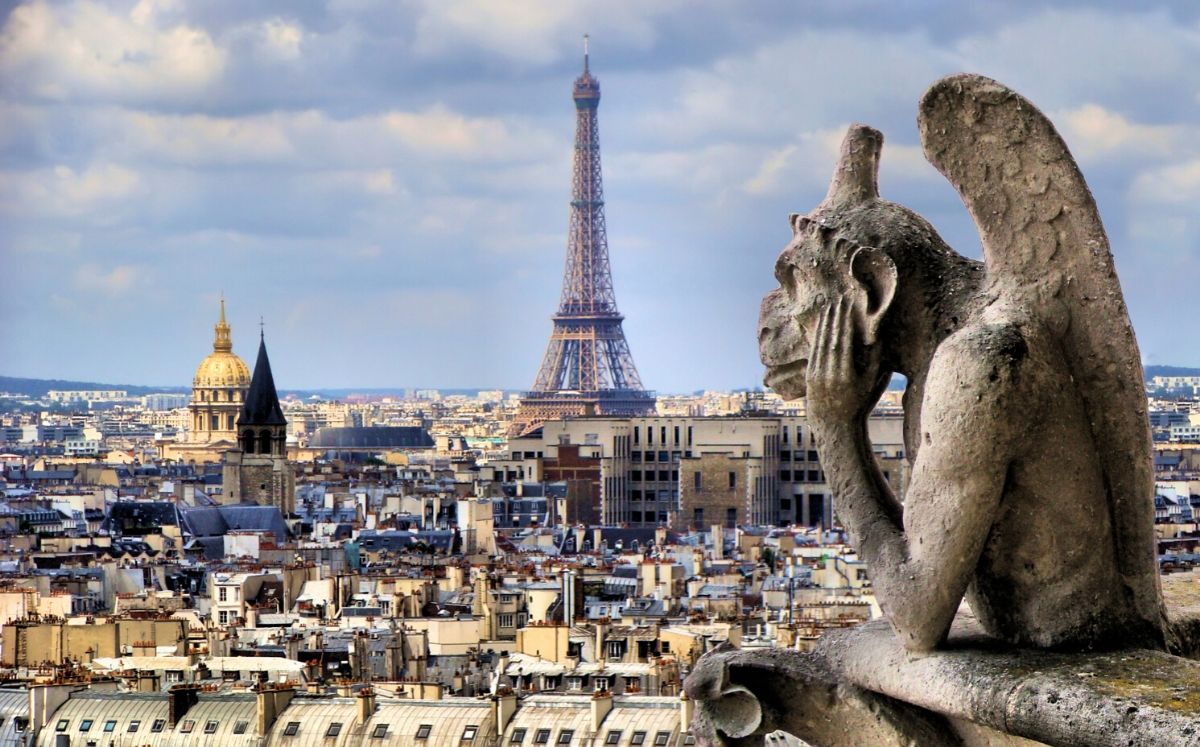
Like a photograph, or the outline that an inherent fingerprint leaves on a technological quartz surface, users’ geolocation or tags on social media highlight different trends for buildings and architectural spaces in cities around the world.
In this sense, digital platforms mark out the future of complexes in gaining mass appeal by reaching higher numbers of people in online communities, who leave their footprint in the form of a post. They do this on channels such as Instagram and Pinterest, to cite two hugely popular mainstream social media sites. Additionally, on platforms like Houzz, a specialised tool for professionals in interior design, architecture and engineering.
Tags as high as skyscrapers
Based on a quantitative analysis of the buildings and spaces that are being immortalised the most by users, skyscrapers come out on top. These structures are featured in millions of photos and videos on Instagram. Thanks to tagging, users get to discover the Empire State Building, the Burj Khalifa or the Burj Al Arab, which are the three most shared buildings on Instagram. The service was launched in 2010 as a photo retouching tool for fairly specialised communities but, today, has over 1.5 billion users around the globe. The Big Apple’s most iconic building currently features in nearly five million photos or videos, closely followed by the two buildings in Dubai with over three and one million shared posts respectively.
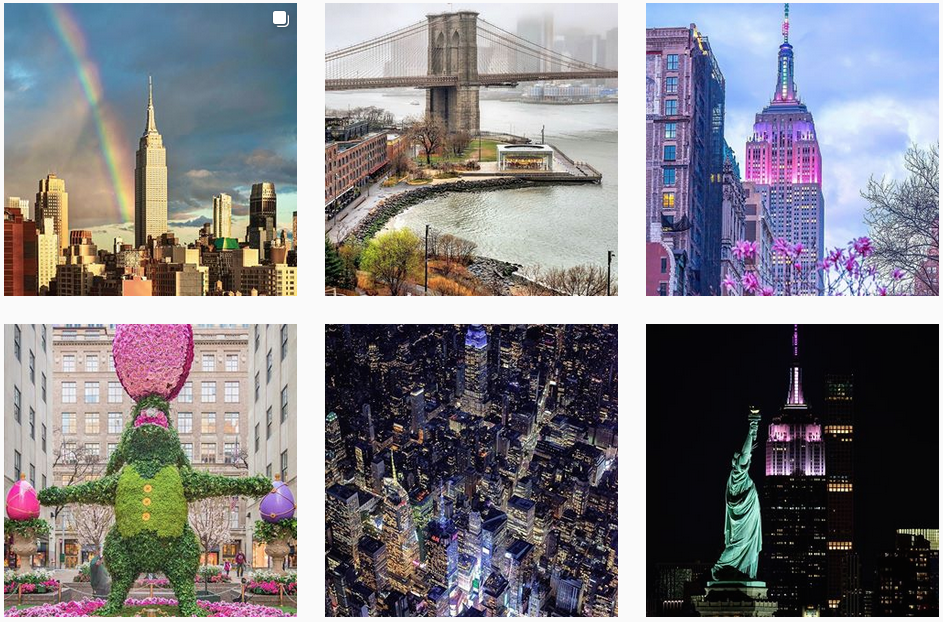
Furthermore, other skyscrapers such as One World Trade Center, with over half a million posts; the Chrysler Building, with 300,000; the Shanghai Tower (China) or Lotte World (South Korea); both featured 100,000 times in tagged photos or GPS data by igers (as users of the service are known), take the following top spots for these types of structures around the world.
Unique project boards
Pinterest offers unique ideas to its users. Moreover, it gives one the chance to see architecture projects linked to brands from inception to completion and a way to get to know the curious details that go into them better.
The boards on this social network created by architecture studios and professionals, or the pins shared by users in enrichment ideas, offer us the chance to delve deeper into unique projects. Notably, the CaixaForum or the Torres Blancas in Madrid; the headquarters of Durst Phototechnik AG located in Bressanone (Italy); Capital Gate in Abu Dhabi, with its 18º leaning tower (three more than the Puerta de Europa in Madrid); Wuhan Center, rising 476 metres tall and covering 146,000 square metres; or the Institute for Molecular Science on the Bundoora Campus of La Trobe University (Melbourne, Australia).
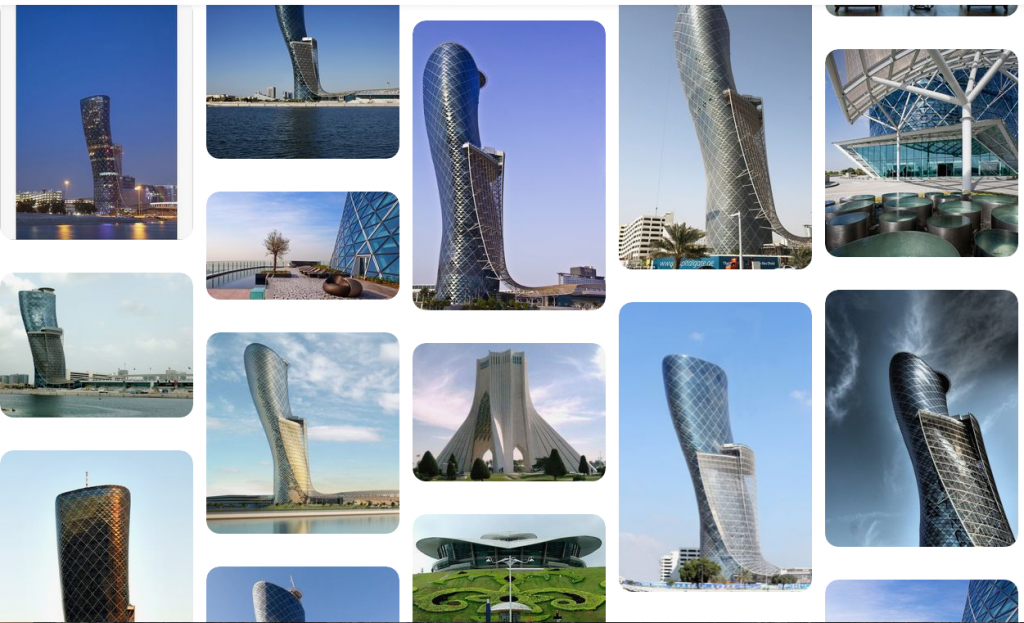
Pinterest’s boards show us the evolution of the architects who designed these projects before they became household names, such as Jacques Herzog, Francisco Javier Sáenz de Oiza, Adrian Smith and Gordon Gill.
A hashtag with history: #WrightVirtualVisits
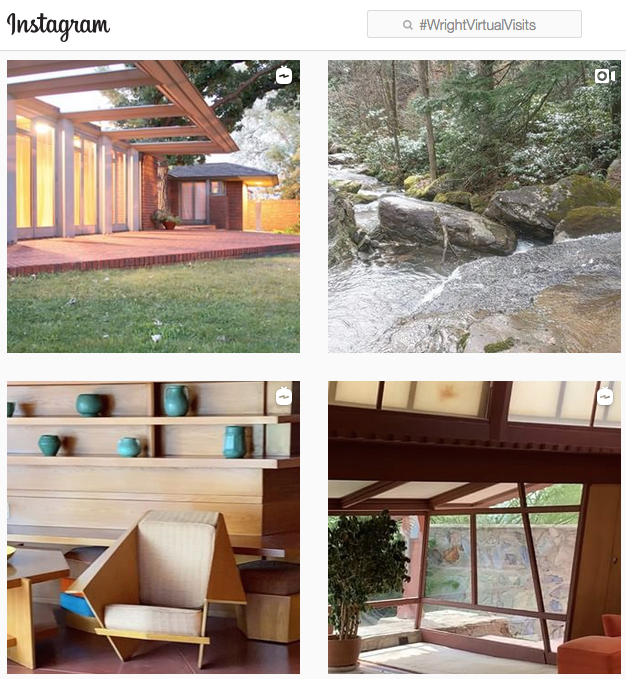
On 9th April 1959, Frank Lloyd Wright passed away. Followers of his integrity approach to human presence and the natural or urban settings that surround us are celebrating a virtual homage to the American architect and interior designer from the same date in 2020. With the added unique aspect of our current lockdown, professionals and fans are sharing anecdotes, spots or plans by Lloyd Wright from their homes or studios with the hashtag #wrightvirtualvisits. Visitors will be able to discover his most emblematic projects through virtual tours, such as the organic architecture of Fallingwater in Pennsylvania or the unique Guggenheim in New York.
Spaces as functional art
The creator of the more functional design concept, and global COMPAC collaborator, Arik Levy also showcases his creations on digital platforms. Levy uses hashtags such as #functionalart, which has been tagged over 450,000 times by Instagram users.
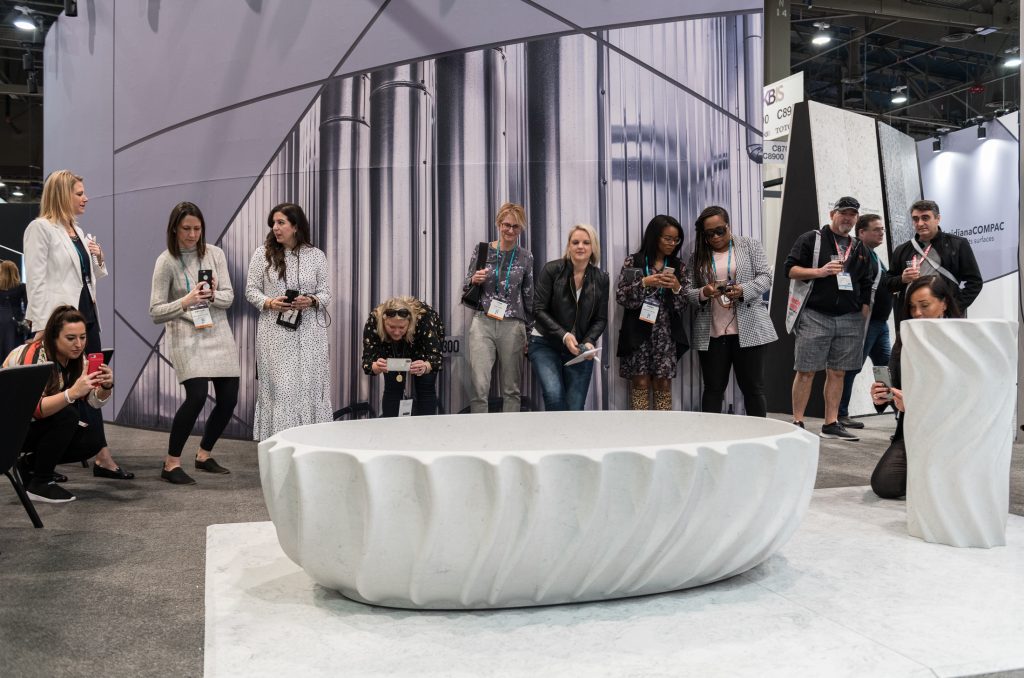
The same tag is used by the artist to promote pieces from his Genesis collection, created exclusively for the international firm under the banner IQ with emotions. In this context, social media are themselves spaces offering conceptions that blur the line between design and art. The art of emotions is framed within innovation with a predilection to move beyond time and trends, offering ways to see reality through ingenuity and the ability to go beyond the limits of the materials used to create a piece of art and design.

